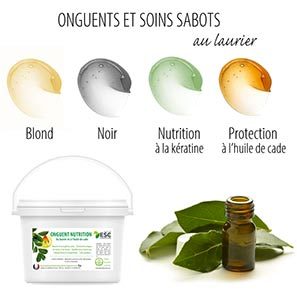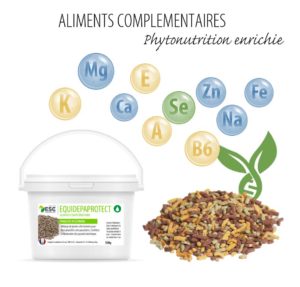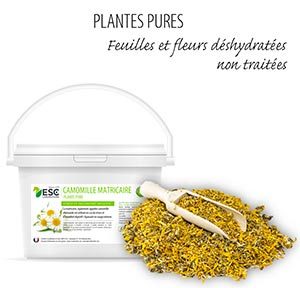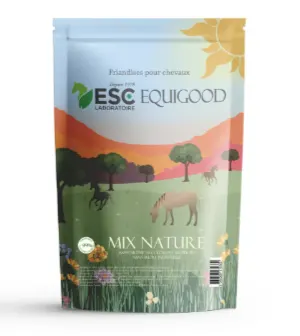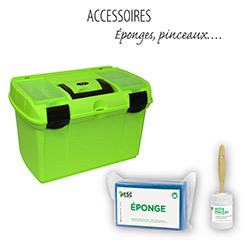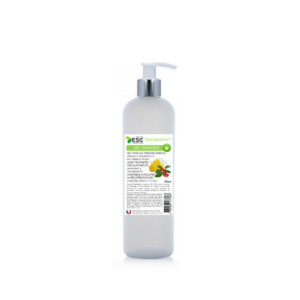The suros of the horse is an exgrowth of the surface part of the bone (also called periosteus). Being able to have several causes, this is a relatively common problem in horses. Suros is especially a potentially painful pathology, which can cause lameness. In this article, we therefore share with you solutions to naturally treat suros in horses (depending on its nature and cause), and even prevent it.
What is superos in the horse?
The suros is an inflammatory reaction of the most outer layer of horse bone.. In order to better understand what this is all about, it is important to start with a small course of anatomy.
Indeed, the bone consists of a hollow central part (which is called the spinal canal and contains the bone marrow). Around the spinal canal, there is compact bone, the hard and smooth part of the bone. Compact los is covered with a thin fibrous envelope, the periosteum.
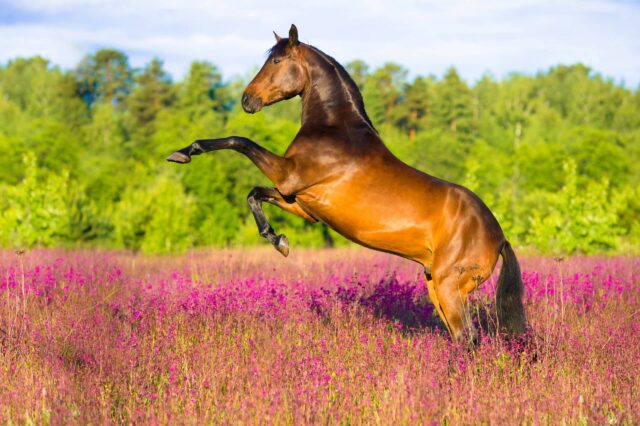
Suros is secondary to inflammation of the periosteum which leads to the formation of bone remodeling. It manifests itself by a hard deformation (it is part of the "hard tares") that can be felt and seen on the surface of long bones.
The suros in the horse is located generally in the inner face of the fore limbs, on the rudimentary bones or canon, more rarely in the outer face or on the posterior. However, they can touch any bone of the body, such as the inner or outer face of the paturon, the radius, the tibia or even the bones of the skull.
The different types of horse suros:
Before we are interested in different natural treatments to relieve the suros in the horse, different types of pathology from which your animal can suffer.
The difference between:
- True Suros (which is most common). This is a visible bone proliferation when looking at the limb and secondary to trauma (see below).
- The invisible suros (less frequent), is located between the canon and the rudimentary internal. It is secondary to a chronic inflammation of a ligament located between the cannon and the rudimentary. He owes his name to the fact that he cannot be seen from outside, which makes his diagnosis more complicated and often late.
What are the main causes of suros in horses?
Inflammation causing superos can have different origins.
The main origin of suros in the horse is Trauma. Your horse may indeed be hurt or hit with its other members. It is also for this reason that internal metas are most affected by suros. The shock will traumatize the periosteum, triggering a bone proliferation reaction. Sometimes the shock is severe enough to fracture the rudimentary bone which will lead to the formation of a large bone callus and invalidating if the fracture is not properly managed.
But suros in horses may also have a mechanical origin. The phenomenon of overload naturally exists on the inner face of the members of the horse. But if it has a bad plumb, this will worsen. You will notice, for example, that your pet's knees are abnormally arched. Overweight is an aggravating factor and a diet must be put in place to manage suros.
Finally, Suros may appear during foal growth. Indeed, when its skeleton grows and adapts to this growth, it is not uncommon to see so-called growth suros. These are swing skeleton adaptations, which can disappear naturally in adulthood.
The consequences of suros in horses
The first consequence of a suros in the horse is pain. Indeed, when it is formed (it is called an acute or inflammatory phase), Suros is particularly painful. You will not be able to get your horse to work and he will need rest and calm. A visit to the veterinarian will eventually give him anti-inflammatory treatment to relieve pain.
Most often, once the formation is completed and the suros stabilized, the pain disappears itself. But if the suros rubs on the ligament of the ball, it will cause a lesion of the ball and the horse will lame. In other cases, the suros will be mainly degreasing, without generating any particular pain.
In any case, for assess the severity of the suros, It remains essential to call a veterinarian. An orthopaedic examination, as well as radiographs and ultrasounds, will determine whether the suros is unsevere, or whether it is associated with a rudimentary fracture or fracture of the bone, or whether it is ill-placed and spoils the ball's suspense.
How to treat suros in horses?
Treatment of bone growth in the horse will not be the same depending on the development phase of the suros. So we're going to distinguishe acute and chronic treatment.
Relieving the Suros in acute phase
In the acute phase, the suros is associated with inflammation which manifests itself through pain (suros hurt when pressed), heat and oedema. The aim is therefore to control inflammation, because it is impossible to contain the process.
We advise you to leave your horse at rest for at least one month. Then apply compressive bandages to dissipate inflammation. Cryotherapy is also a good solution to reduce inflammation. You can also apply cold strips or shower the affected limb with cold water. Administration of nonsteroidal anti-inflammatory drugs (NSAIDs) (generally or locally) is also recommended to reduce inflammation of the bone.
Relieving chronic suros in horses
Once the inflammation phase is over and your horse will no longer suffer, the stake will be to reduce the size of the suros in order to set it and that it does not train an discomfort in the tendons. As the inflammatory phase has passed, anti-inflammatory treatments will no longer work. In most cases, an attempt will be made to reinvigorate inflammation by applying iodine-based heated ointments, or by placing a vesicatory by the veterinarian. There are also other forms of treatments such as laser or shock waves to reduce bone call.
More rarely, the veterinarian will advise surgery, but this method applies only in some cases and is controversial to the extent that post-operative inflammation can also produce a periost reaction.
A gradual return to training will also be important (to the extent that the reached ligaments or tendons, and therefore will not cause pain or lameness).
How can I prevent suros in his horse?
Several solutions are also available to you for prevent possible bone growth in your horse. For example:
Above our product : TRAUMAPHYT Horse – Gel for tendons
- Adapt the ration of a growing foal. To facilitate bone growth, you must monitor its phospho-calcic and mineral balance. Avoid diets too rich in carbohydrates that tend to favor pathologies such as the OCD.
- Watch for overweight. A horse « too big » will tend to exert too much pressure on its members;
- Reduce the exercise of young horses, while waiting for the growth of their skeleton to be stronger.
- Protect its members to avoid trauma. You can use shock absorbing strips, or closed gaiters to limit risks. Our gel, enriched with essential oils known for their circulatory and soothing properties, will also help to facilitate the recovery of tendons after effort. Our Astringent clay, ready for use, will also have the main effect of accelerating the recovery of tendons.
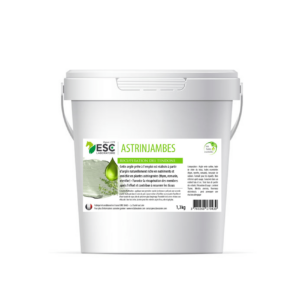 In picture above our product l
In picture above our product l
Suros is therefore a recurring problem in horses. So take the reflex to spot it as quickly as possible and protect the members of your animal as much as possible to prevent the formation of this bone growth, potentially painful and handicapped.



